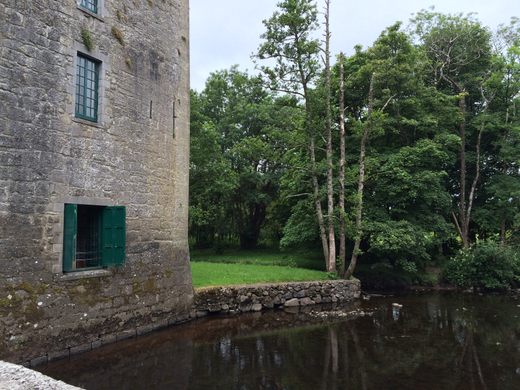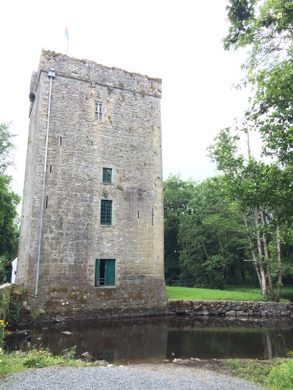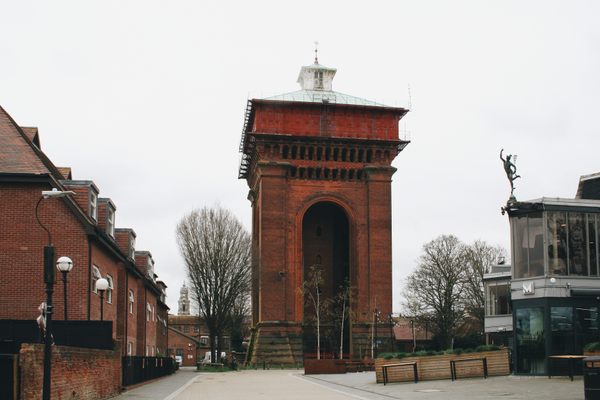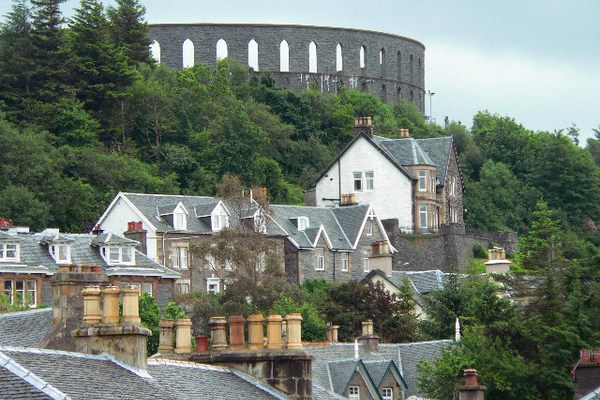Thoor Ballylee
This 14th century tower house was once the home of Irish poet W.B. Yeats.
A quiet 14th-century stone tower overlooking a river is the stuff of poetry. Irish poet extraordinaire William Butler Yeats saw this too, and immortalized his tower house Thoor Ballylee in several of his most well-known works.
This Hiberno-Norman tower in rural Galway was, for several years, the summer residence of the poet. Originally known as Islandmore Castle, Yeats renamed it Thoor Ballylee in order to connect it more with its Irish heritage. The tower was built as a fortress by the de Burgo family, and was bought by Yeats in 1916 from his friend Lady Augusta Gregory for a mere £35. It was, then, in a rundown condition, and Yeats worked with an architect to renovate and restore it.
Yeats was a hugely influential figure in modern Irish literature. He was the driving force behind the Irish Literary Revival in the 19th and 20th century along with Lady Gregory, Sean O’Casey and J.M. Synge, and co-founded the Abbey Theatre with Lady Gregory. He was awarded the Nobel Prize for literature in 1923, “for his always inspired poetry, which in a highly artistic form gives expression to the spirit of a whole nation.”
It is no wonder then, that Thoor Ballylee has been described as the “most important building in Ireland” by fellow Irishman Seamus Heaney. Yeats, along with his family, spent many summers in the tower house, and it became the backdrop of many of his poems like “A Poem For My Daughter” and “The Tower.”
Yeats had a keen interest in spiritualism and the occult and was involved in many practices such as seances and automatic writing. He believed the tower to be haunted by the ghost of an Anglo-Norman soldier and there have been a number of unexplained sightings since, such as a curator who claimed to have witnessed an apparition floating up and down the famous winding staircase and an English tourist who snapped a picture which, when developed, seemed to show the dark shape of a young boy.
The tower was closed for many years due to extensive damage from heavy flooding, but reopened in 2015 to celebrate Yeats’s 150th birthday. The ground level houses a small gift shop and an exhibition on Yeats, as well as a tea room where you can enjoy a free cup of tea and toasted brack and a friendly chat with the volunteers.
Know Before You Go
While the grounds of the tower can be visited year round, the tower suffers heavy flooding during the winter time, so the interior of the tower is only open to visitors during the summer months. Admission costs €7 for an adult with concessions available. Free parking is available all year.




















Follow us on Twitter to get the latest on the world's hidden wonders.
Like us on Facebook to get the latest on the world's hidden wonders.
Follow us on Twitter Like us on Facebook